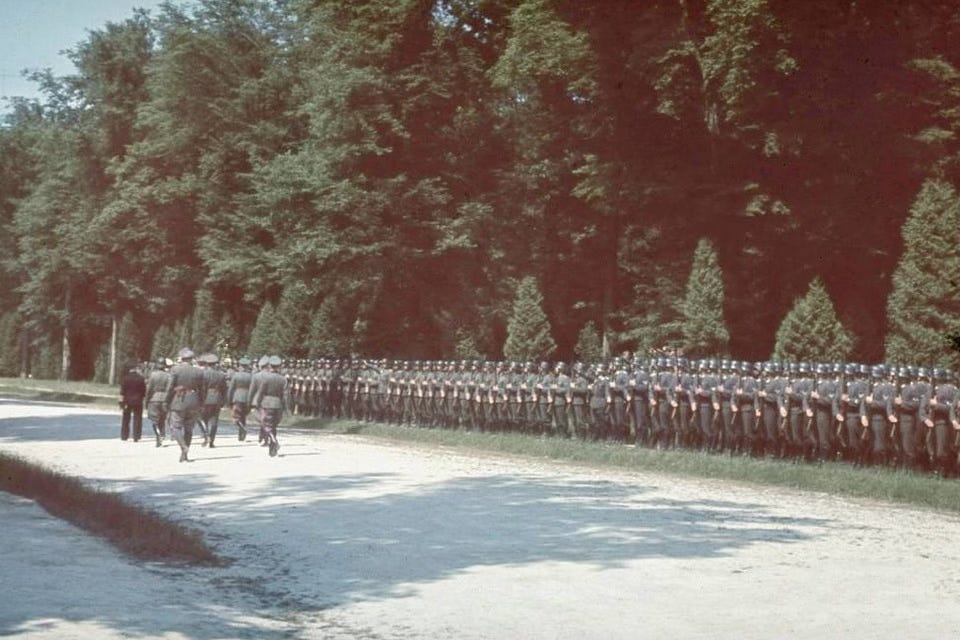Hitler humiliates the French
21st June 1940: The site of the 1918 Armistice treaty - and the same railway carriage - is used for the Nazis to impose their new peace terms
On 11th November 1918 the First World War came to an end in a railway carriage in a clearing in the woods some fifty miles north of Paris. The site at Compiegne had been chosen because the two railway spurs, previously used to load ammunition, allowed the trains containing the two delegations, French and German, to halt in the woods within walking distance of each other.
The French carriage, the personal headquarters of Marshal Foch, the head of the French delegation, was used for the signing of the 1918 Armistice. After the war, the railway carriage was preserved in a purpose-built museum, and the whole site was transformed into a memorial.
It was here that Hitler decided to hold the 1940 Armistice talks. There was very little to talk about; the Germans were going to dictate the terms to the French. But the symbolism of the event meant much to Hitler and the Nazi regime. The humiliating peace terms of the First World War was one of the main grievances upon which Nazism had been built. Hitler was determined that the peace he now imposed would extinguish that humiliation.

There was one independent witness. The ever resourceful American journalist, William L. Shirer1 had managed to get a ringside seat:
Keep reading with a 7-day free trial
Subscribe to World War II Today to keep reading this post and get 7 days of free access to the full post archives.





